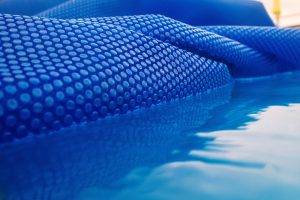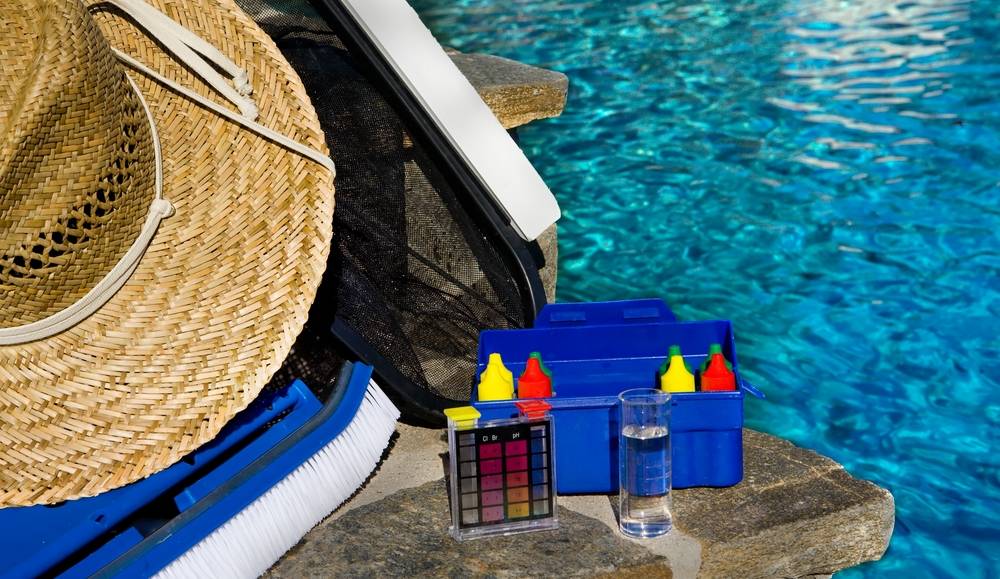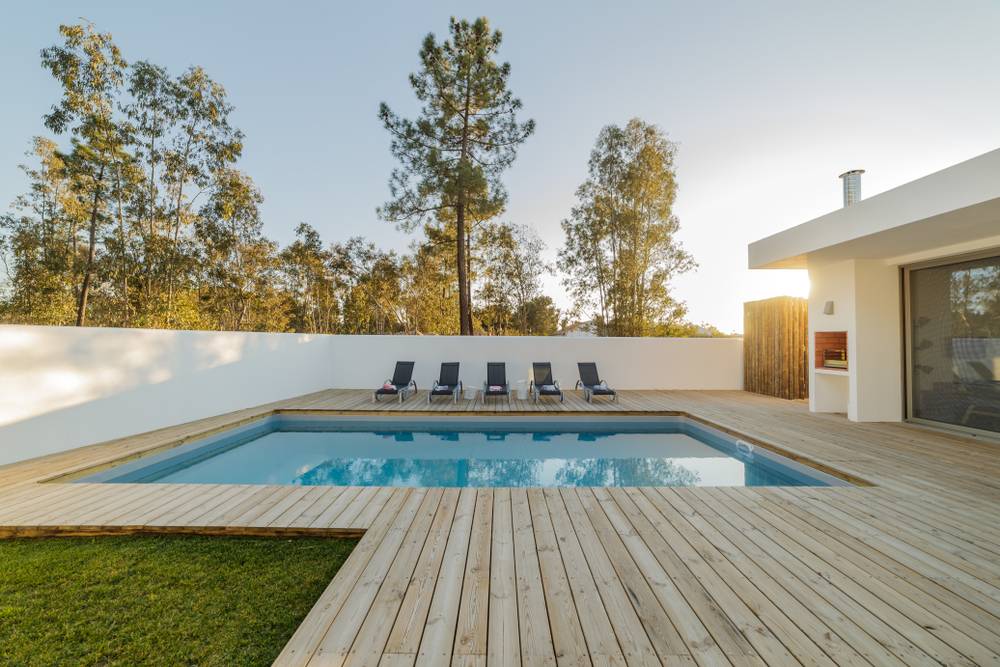- Dec 26, 2022
- 21
- Pool Size
- 25000
- Surface
- Plaster
- Chlorine
- Salt Water Generator
- SWG Type
- Pentair Intellichlor IC-40
I only very recently terminated my maintenance guy and thought I was doing fine on my chemistry because my Intellichem readings were within target. Then one day my pH spiked really high in the Intellichem, so I got out the Taylor kit for a second opinion, and it said:
- The pH was sub 7.0 (pee yellow)
- The chlorine was 1.5 ppm free chlorine. (I'm a stupid noob so didn't test for total and thus combined chlorine)
- The calcium hardness was a bit high at 570 ppm
- Total alkalinity at 30 ppm
Because this is all so new to me, I decided to go the Pool House and have them test the water. They found:
- The pH was 6.4
- The chlorine was 1.2 free and 1.7 total
- Calcium hardness of 546 ppm
- Total alkalinity was 22 (very low)
At the Pool House's recommendation, I spent $141 and purchased:
- 50 lbs of total alkalinity increaser (41 lbs to be applied in 25,000 gal pool in 3rds, each 1/3rd six hours apart)
- 6 lbs of pH increaser (2.75 lbs to be applied)
- 2 lbs of superchlorinators (2 lbs to be applied)
Their analysis printout also suggested stabilizer, scale inhibitor, and optimizer (for water clarity/softness), but the guy didn't push on these hard and I asked which chems were "optional" versus not, he focused me on the 3 bulleted items above.
Questions for the community:
- The pH was sub 7.0 (pee yellow)
- The chlorine was 1.5 ppm free chlorine. (I'm a stupid noob so didn't test for total and thus combined chlorine)
- The calcium hardness was a bit high at 570 ppm
- Total alkalinity at 30 ppm
Because this is all so new to me, I decided to go the Pool House and have them test the water. They found:
- The pH was 6.4
- The chlorine was 1.2 free and 1.7 total
- Calcium hardness of 546 ppm
- Total alkalinity was 22 (very low)
At the Pool House's recommendation, I spent $141 and purchased:
- 50 lbs of total alkalinity increaser (41 lbs to be applied in 25,000 gal pool in 3rds, each 1/3rd six hours apart)
- 6 lbs of pH increaser (2.75 lbs to be applied)
- 2 lbs of superchlorinators (2 lbs to be applied)
Their analysis printout also suggested stabilizer, scale inhibitor, and optimizer (for water clarity/softness), but the guy didn't push on these hard and I asked which chems were "optional" versus not, he focused me on the 3 bulleted items above.
Questions for the community:
- Was any of what the Pool House sold me totally unnecessary?
- I'm starting my Googling now, but clearly I need to be calibrating my Intellichem. Any suggested reading or notes from experience on this topic is appreciated.
Last edited:




